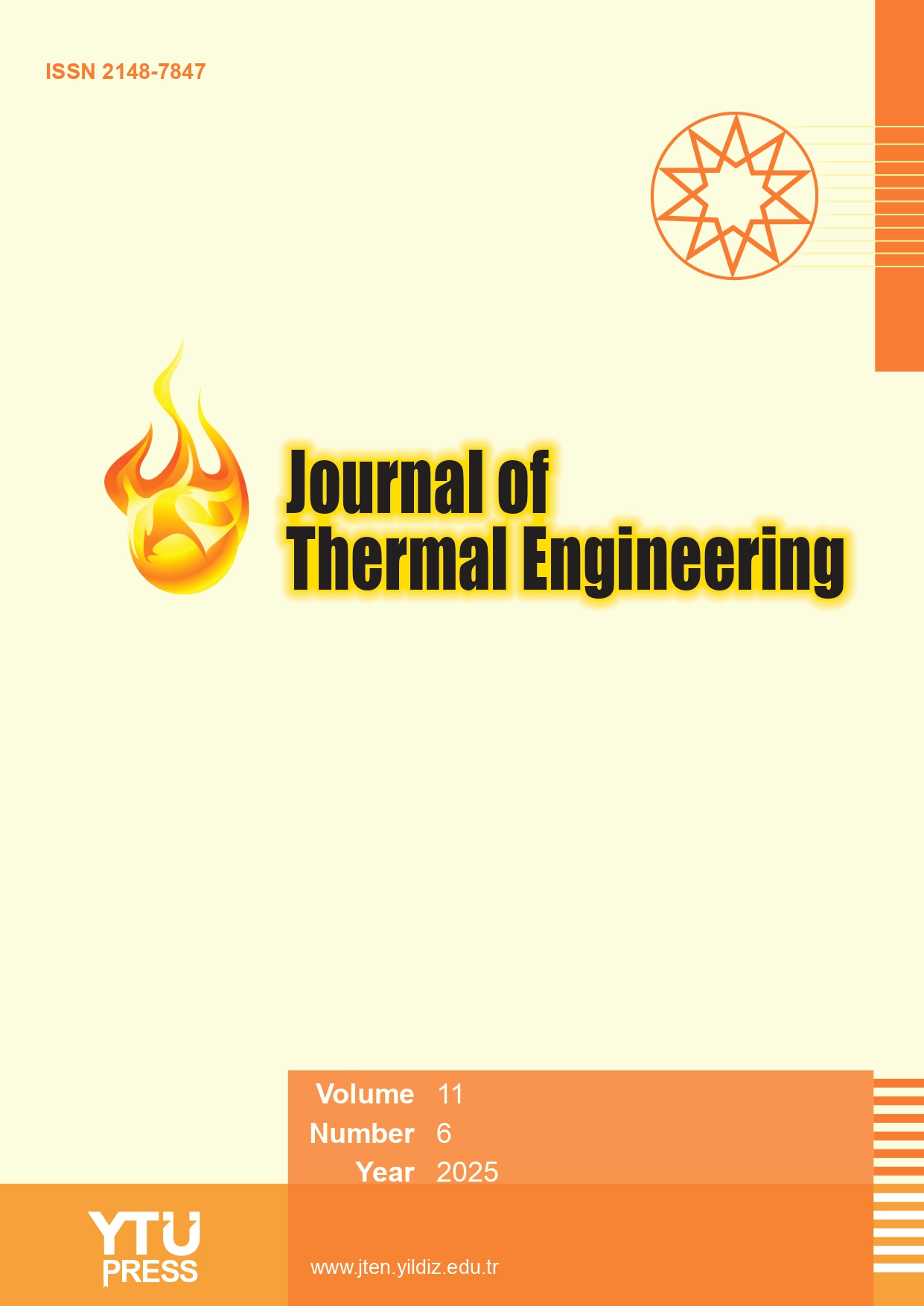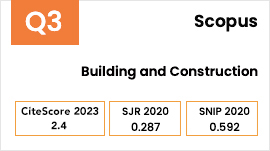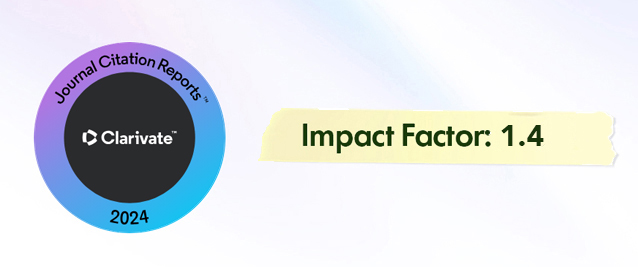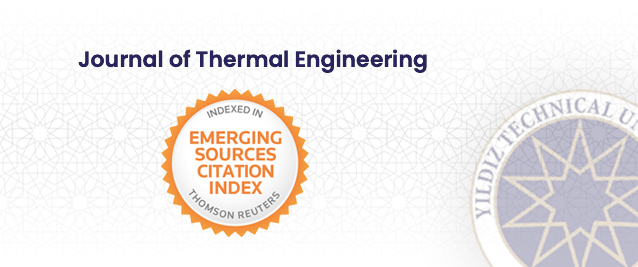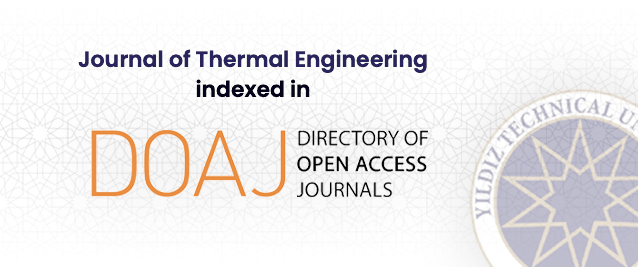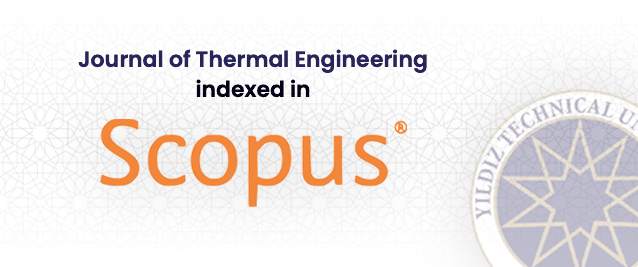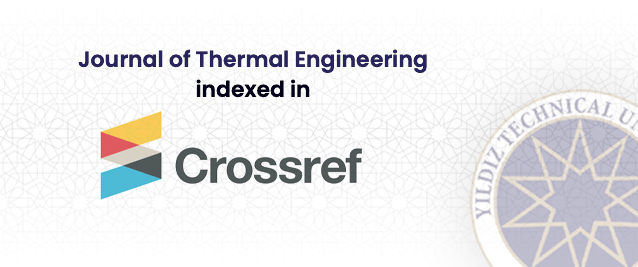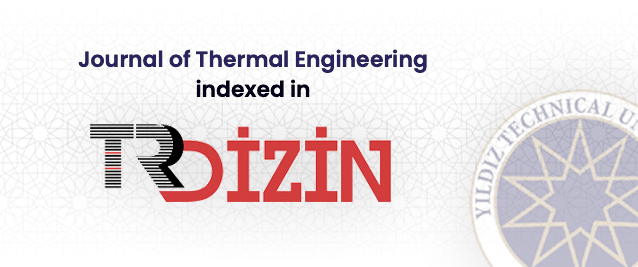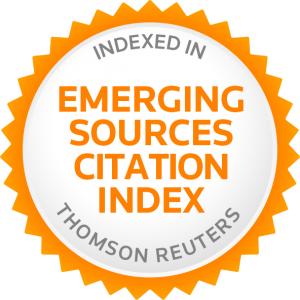2Department of Mechanical Engineering, Sardar Vallabhbhai Patel National Institute of Technology, Surat, Gujarat, India
Abstract
In developing countries, the energy needed for cooking accounts for approximately 90 % of the total energy consumption in households. A solar cooker is a tool that utilizes the sun’s power to heat food and prepare it for consumption. Cooking with the aid of the sun, also known as solar cooking, is a method of preparing food that is typically practiced in settings that prioritize using as little fuel as possible and maintaining good health. The focus of the present study is the inability to perform during the low solar intensity. It is significant for the performance of the solar cooker as it can hamper the motive of using the renewable energy and to conserve the energy used by fossil fuels through solar cookers. It is highly significant for the acceptability of the solar cooker in the society as it is one of the major causes of non-popularization of solar cookers. In the current work, an experimental approach is used in which the construction of a hybrid solar cooker is accomplished by merging the photovoltaic panel and the heater following the design adjustments done in the constructed solar cooker with optimized sidewall inclination to increase the heat intake to the solar cooker. The developed cooker has inclined sidewalls giving the heat to the food vessels from the sides also, which increases the heat given to the food vessel and it is incorporated with the 50 W photovoltaic panels at cover lid and a DC heater placed beneath the absorber plate for giving the auxiliary heat. The use of sidewall inclination with the photovoltaic panel of only 50 watts is rarely observed in the literature. Hence this work of incorporating photovoltaic panel and heater with the inclined side-walled solar cooker is novel for that aspect. Extensive experimental research is carried out on the newly created hybrid cooker, and its performance is evaluated about that of the conventional solar cooker. The maximum temperature achieved in the hybrid cooker during no-load tests is found 25% higher than that of the conventional cooker. The figures of Merit F1 and F2 with values 0.11 and 0.63 respectively were also found higher in hybrid solar cooker as compared to conventional solar cooker having values of 0.09 and 0.375 respectively and with few researches found in literature. Even during the month of December, when the solar radiation is as low as 500 W/m2, cooking was possible within 120 minutes. The experimental results project new developed hybrid solar cooker to be more efficient than the conventional solar cooker. Performance parameters are also found better as compared to few researches found in literature. Cooking is also possible during low solar radiation which can be useful to make the solar cooker more popular.


